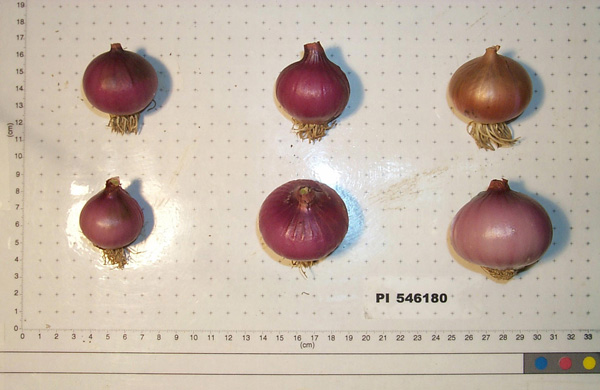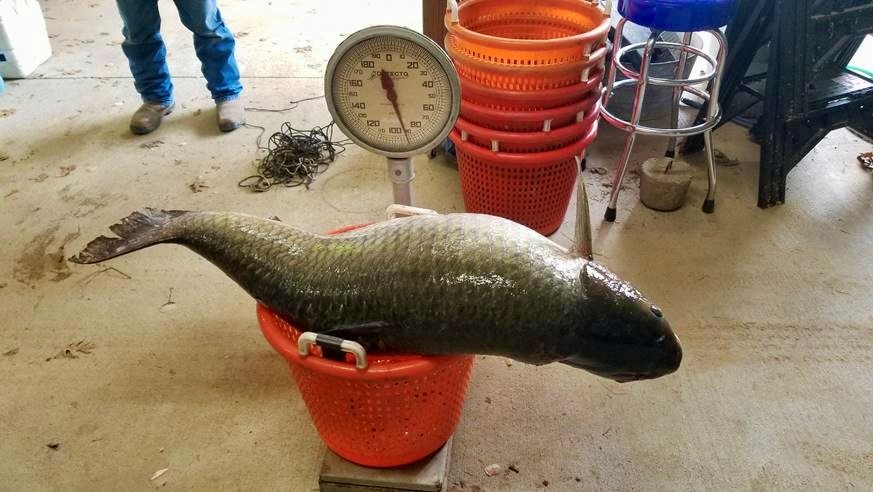
License Plate Design Proposals now being accepted for a Specialty Plate for Louisiana Partnership for the Arts
November 14, 2022
Second Round of Nicholls Small Business Hurricane Ida Resilience Fund Launched
November 14, 2022Garlic and most types of bulb-forming onions need to be exposed to cool temperatures followed by longer days to form bulbs of the desired sizes. The time of planting is therefore important.
Garlic planted between September and November in Louisiana produces usable bulbs approximately 7 to 8 months after planting, or around mid-April to May.
Bulb onion transplants can be planted between mid-December and January for harvest around May. The size of onion transplants is important. Ones that are too large at the time of planting are likely to bolt (flower). At the same time, if they’re too small, they may not survive. Choose transplants that have a diameter less than that of a pencil but at least three true leaves.
Since both take a relatively long time to mature, garlic and onions can be planted along the edge of the garden, so that the rest of the garden can be prepared for spring planting.
Three types of garlic grown in Louisiana are elephant or Tahiti garlic (mild-flavored, large, dark-colored cloves), Creole garlic (white cloves intermediate with respect to size and pungency), and Italian garlic (strong-flavored, small, pink-skinned cloves). Elephant garlic is actually a different species from regular garlic and is more closely related to leeks. Both elephant and Italian garlic store well.

If you want an onion that stores well and sweetness isn’t a priority, look for Red Creole. Red Creole C-5 onion bulbs are shown here. (Photo by Larry D. Robertson, USDA Agricultural Research Service)
Bulb onion varieties to consider include Candy, Red Burgundy, Savannah Sweet, Texas Grano 1015Y, Texas Grano 502, White Granex, and Yellow Granex. If you want an onion that stores well and sweetness isn’t a priority, look for Red Creole.
Plant individual garlic cloves 2 to 3 inches deep and 3 to 6 inches apart. Be sure that the top ends are pointed upwards. Space bulb-forming onion transplants 2 to 4 inches apart. The base of the transplant should be 0.5 to 0.75 inch deep. When planted in rows, garlic and onion can be “double drilled.” In other words, two (or more) “drills” (rows) of plants can be spaced about 1 foot apart within each row.
Before planting garlic, 5 pounds (10 cups) of 8-24-24, 10-10-10, or 13-13-13 can be mixed into the soil, for every 100 feet of row or 300 square feet. For the same area, 2.5 pounds (5 cups) of one of these fertilizers can be mixed into the soil before planting bulb-forming onions. Avoid overfertilizing onions, since doing so can encourage them to bolt.
Side-dress garlic plants when shoots emerge from the soil (about 3 to 4 weeks after planting), when new growth begins in late winter (around mid-February), and then three to four weeks after that (around early March). Wait until about mid-February to side-dress onions, and then side-dress every two to three weeks, for a total of three to four applications. When side-dressing, 1 pound of 33-0-0, 1.5 pounds of ammonium sulfate, or 2 pounds calcium nitrate can be used each time, per 100 feet of row or 300 square feet.
Pay attention to weeds, and don’t let them get out of control. They can be hard to manage among closely spaced plants.
It’s time to harvest garlic and bulb onions when leaves turn yellow and when 50 to 60 percent of tops have fallen over, respectively.
When growing green onions, leeks, and shallots (for the tops rather than for bulbs), you have more flexibility with respect to planting time. These can be planted, using transplants or sets, between August and February. Chives, which we generally think of as an herb more so than a vegetable, are perennial and can be transplanted just about any time. Planting between fall and mid-spring gives them a chance to get established before the weather gets really hot.







